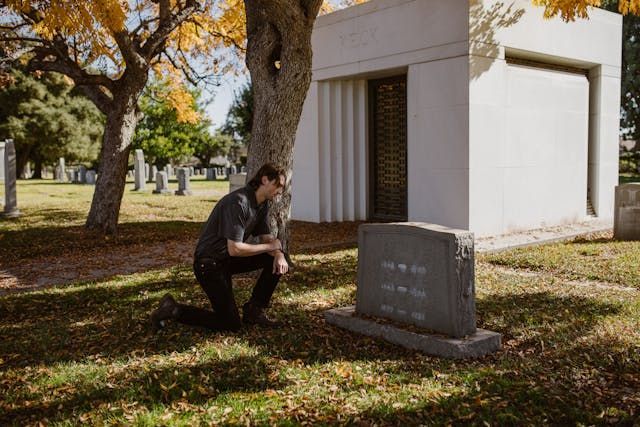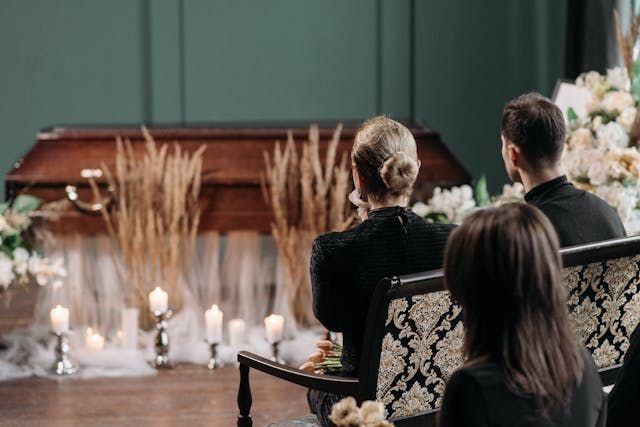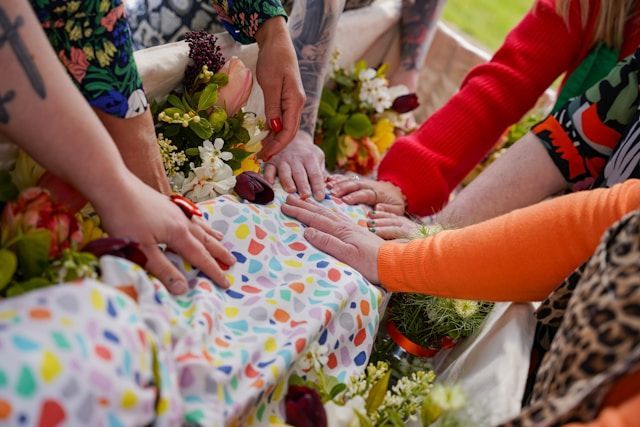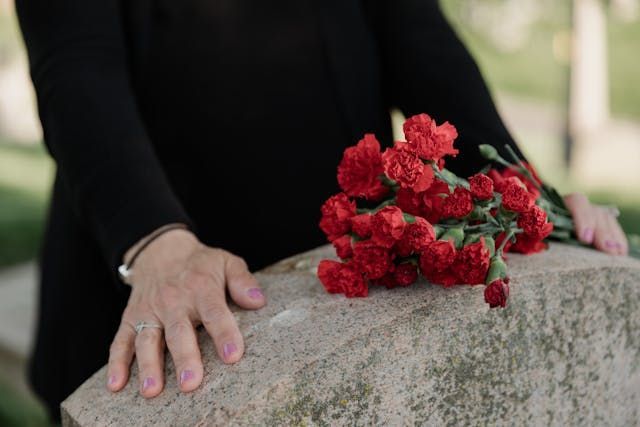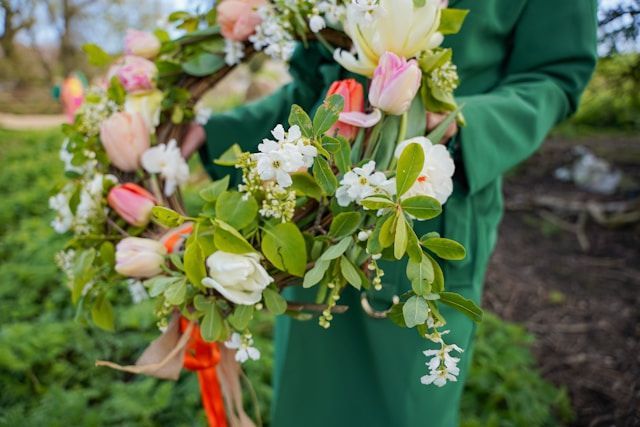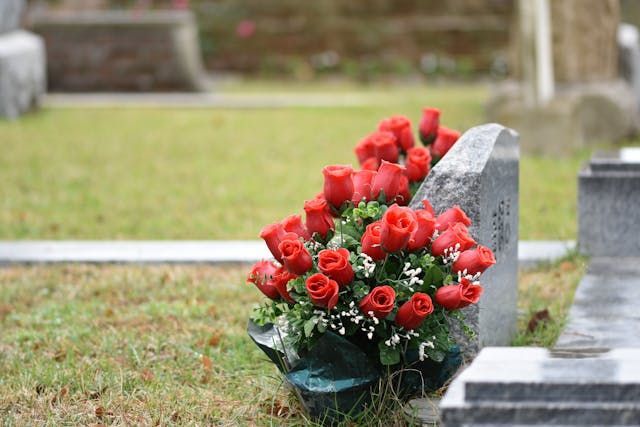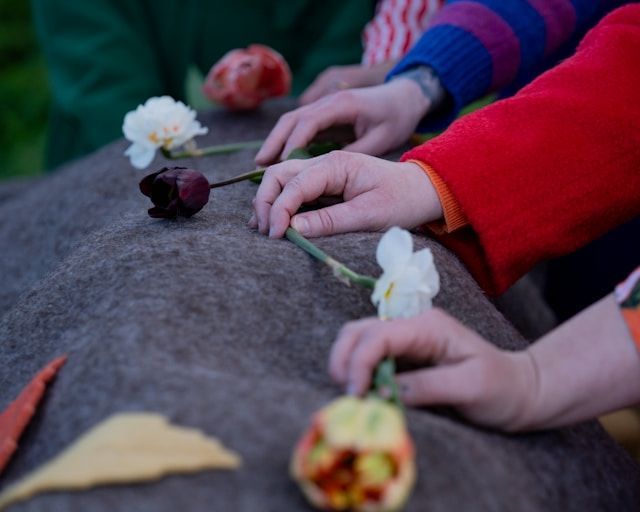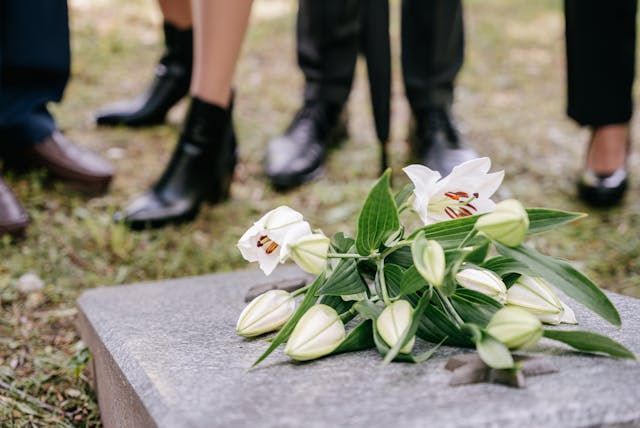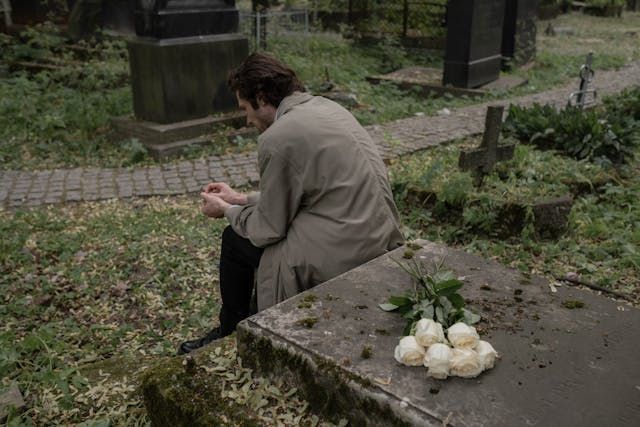What Happens at a Graveside Funeral Service?
August 1, 2023
What Happens at a Graveside Funeral Service?
When a loved one passes away, one of the first questions you face is whether to choose burial or cremation. Once you make that choice, though, there are additional decisions to be made.
If you choose burial, do you want a traditional funeral followed by a committal ceremony? Or do you want to hold a graveside funeral instead? What if you want to hold a memorial or celebration of life later?
Below are a few of the most common methods of burial, with an explanation of what usually happens at each type of ceremony. There are no hard-and-fast rules, however, and a graveside service can always be customized to meet your needs and the personality of your loved one.
Traditional committal ceremonies
The most traditional option is to have the burial follow the funeral. This is called a committal, because it’s committing the body to the earth. You may also hear it referred to as the interment.
After a funeral, the casket is carried outside by pallbearers, who will load it into a hearse. There would then be a funeral procession of vehicles to the cemetery, where mourners would gather at the side of the opened grave. A religious leader may lead a prayer or perform specific rites of committal at this point, or family members may say a few words. Military honors will also be performed at the graveside if the deceased was a veteran.
Following these last rites, the casket may be lowered into the grave. Family members may scatter a handful of dirt on the grave as a symbolic act, representing the deceased’s return to earth. Flowers may also be laid in the grave. Afterward, mourners will disperse and the cemetery staff will close the grave.
Graveside funeral services
Sometimes, families choose to hold the entire funeral at the cemetery rather than having a separate ceremony and a procession to the gravesite. A simple graveside ceremony can be less complicated to plan and is often more affordable. This is especially true if you choose a direct burial, meaning your loved one is buried soon after death without embalming.
Graveside funeral services can be similar to those held at a funeral home or place of worship. A religious leader or funeral celebrant can preside over the service and lead prayers and readings. Family members may deliver eulogies. Music may also be played, either on a stereo or by musicians such as bagpipers or buglers.
During the graveside ceremony, the casket is usually placed next to the grave. After the funeral, it will be lowered into the earth as with any other committal service, and the grave will be closed after the mourners depart.
What type of burial is best?
There is no one right way to lay a loved one to rest. Your individual circumstances will determine whether a traditional funeral or graveside service is best for your family.
Here are a few things to consider when you’re thinking about burial options:
- Cost. Direct burial tends to be less expensive, especially if you choose a simple casket or shroud.
- Climate. You’ll want to consider the weather before holding an outdoor funeral service. Heat in the summer, afternoon thunderstorms, and wind are all things to consider when planning a New Mexico funeral. The time you choose to hold the service can minimize weather disruptions.
- Number of guests. Cemeteries will usually have a gathering space, and chairs can be brought in for a graveside service in some instances. However, if you’re anticipating a very large turnout, the mourners may feel more comfortable indoors. A smaller group could then accompany your loved one’s body to the cemetery afterward for the committal. Alternatively, holding a funeral at the graveside can be a good way to encourage a small gathering if you’d prefer more privacy.
You may also choose to have a small, private burial ceremony followed by a larger memorial service or celebration of life. This can work well if time is a concern. For example, your loved one may have requested a green burial, but out-of-town guests cannot travel quickly enough to attend. Handling the burial first allows you to plan a larger gathering later at a more convenient time.
Thinking through your options can feel overwhelming. Know that you are not alone as you navigate these decisions. French Funerals & Cremations is here to help you understand the process and answer your questions about laying your loved one to rest. Call us at 505-843-6333 or visit any of our Albuquerque locations to learn more.

